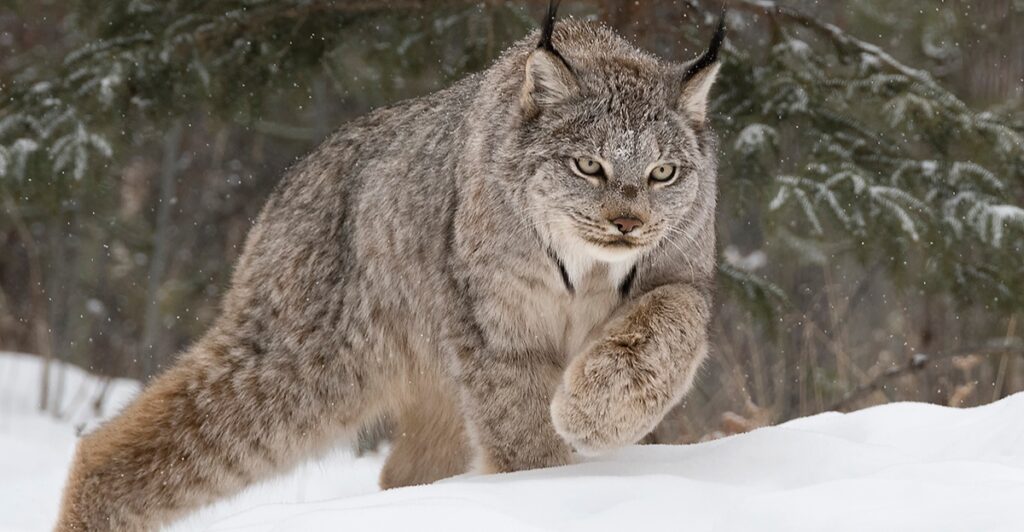
The Canada lynx is a medium-sized wild cat known for its thick fur, large paws, and short tail. Native to North America’s boreal forests, this elusive predator relies on snowshoe hares as its primary food source. Recently, there have been discussions about expanding habitat protections for the Canada lynx in the U.S. Southern Rockies, sparking interest in conservation efforts for this species.
The Lynx’s Unique Adaptations
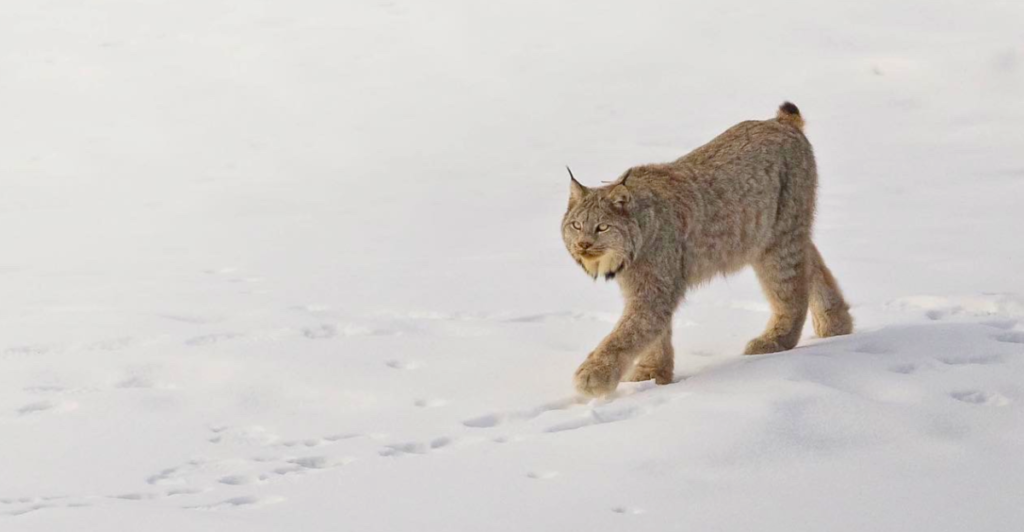
The Canada lynx has specialized physical features adapted to cold, snowy environments. Its large, furry paws act as snowshoes, helping it easily navigate deep snow. These adaptations make the lynx particularly suited to habitats in the northern and mountainous regions, where snow cover is abundant and persistent throughout the year.
Habitat Preferences of the Lynx
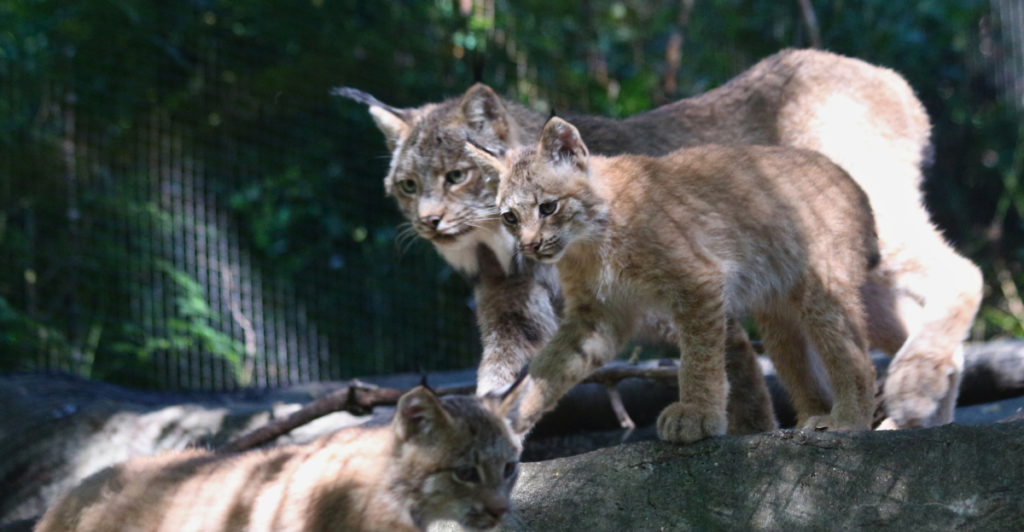
Canada lynxes thrive in dense boreal and subalpine forests, favoring areas with thick underbrush and abundant prey. These habitats provide shelter and sustenance, making them ideal for lynx survival. The Southern Rockies represent the southernmost extent of their range in the U.S., where suitable habitat is more fragmented.
Conservation Concerns
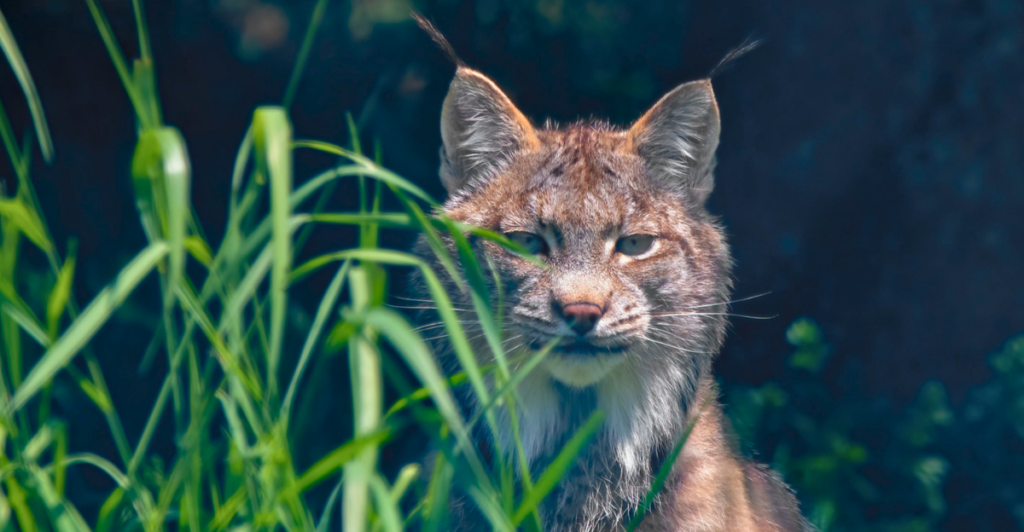
Habitat loss, climate change, and human activity have threatened the Canadian lynx population significantly. As forests are developed or altered, lynxes face challenges in finding suitable living spaces and sufficient prey. These issues underscore the need for targeted conservation measures to ensure their survival.
The Role of Snowshoe Hares
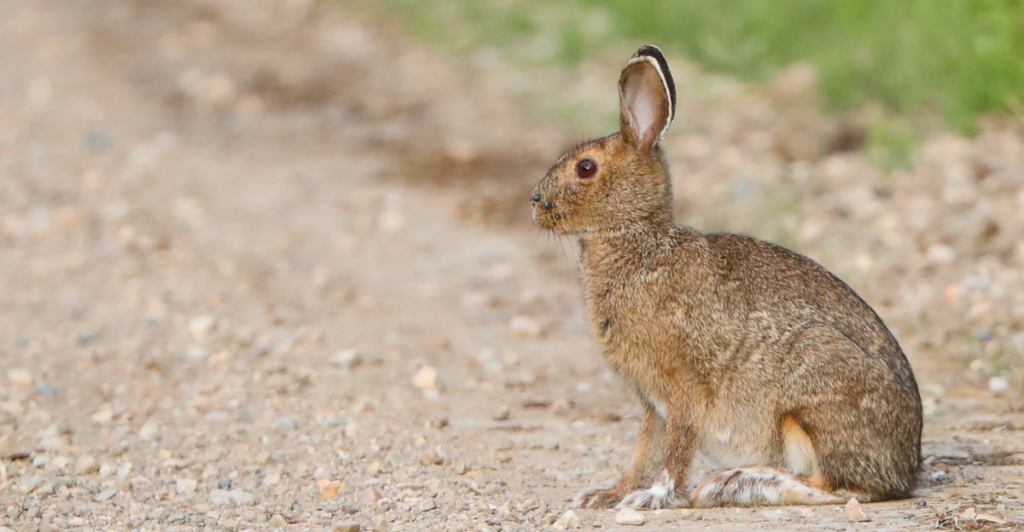
Snowshoe hares are the primary prey of the Canada lynx, forming up to 90% of its diet. The populations of these two species are intricately linked. Declines in snowshoe hare numbers directly affect lynx populations, emphasizing the importance of maintaining ecosystems that support both species.
Legal Protections for the Lynx
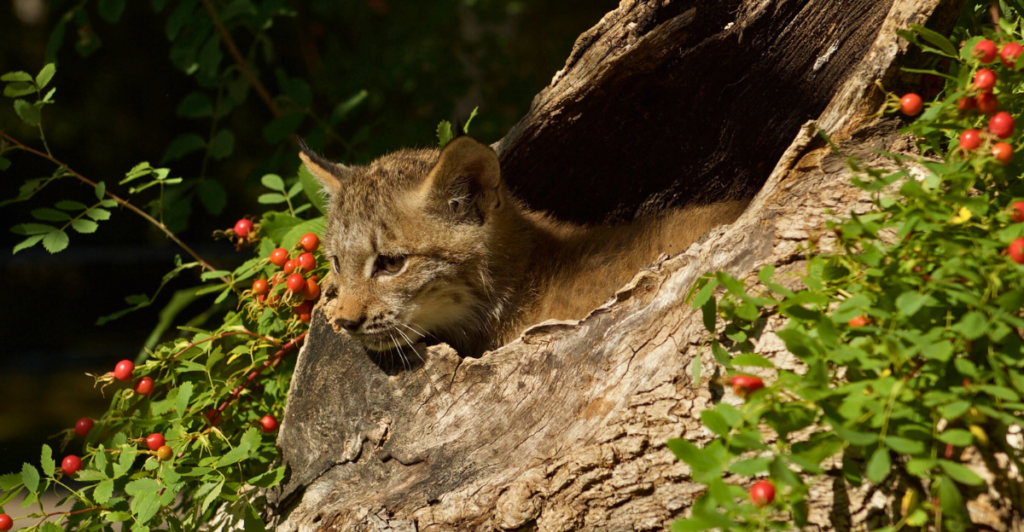
The Canada lynx is listed as a threatened species under the U.S. Endangered Species Act. This designation provides a framework for implementing conservation strategies, including habitat protection and research initiatives. Expanding these protections to the Southern Rockies is part of ongoing efforts to bolster the lynx’s recovery.
The Southern Rockies’ Importance
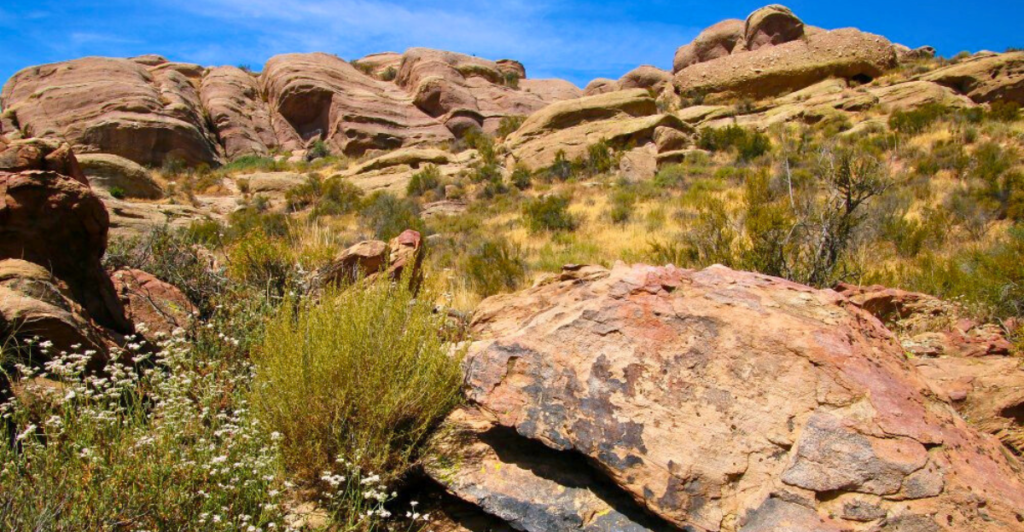
The Southern Rockies provide a critical high-altitude habitat for the Canada lynx. These mountainous regions are a significant refuge, as climate change impacts lower-elevation habitats. Protecting this area could enhance the lynx’s resilience to environmental changes and expand its range.
Potential Impacts of Climate Change
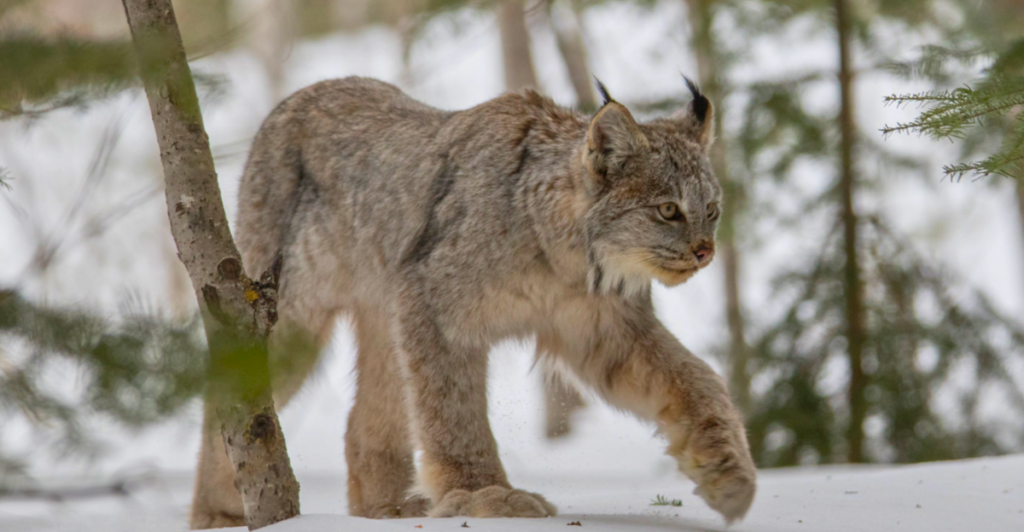
Rising temperatures and changing snowfall patterns alter habitats across the lynx’s range. Warmer winters reduce snow cover, affecting lynx mobility and snowshoe hare populations. These changes highlight the importance of safeguarding high-elevation habitats like the Southern Rockies.
Collaborative Conservation Efforts
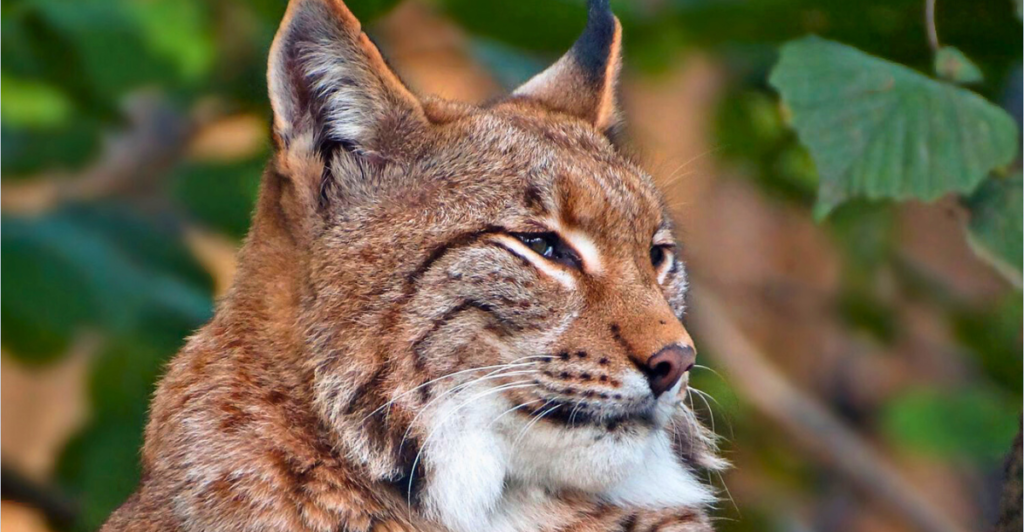
Protecting the Canada lynx requires collaboration among governments, scientists, and local communities. Partnerships can facilitate habitat restoration, monitoring programs, and public education initiatives. Efforts to engage stakeholders in the Southern Rockies aim to balance ecological preservation with human interests.
Economic and Recreational Considerations
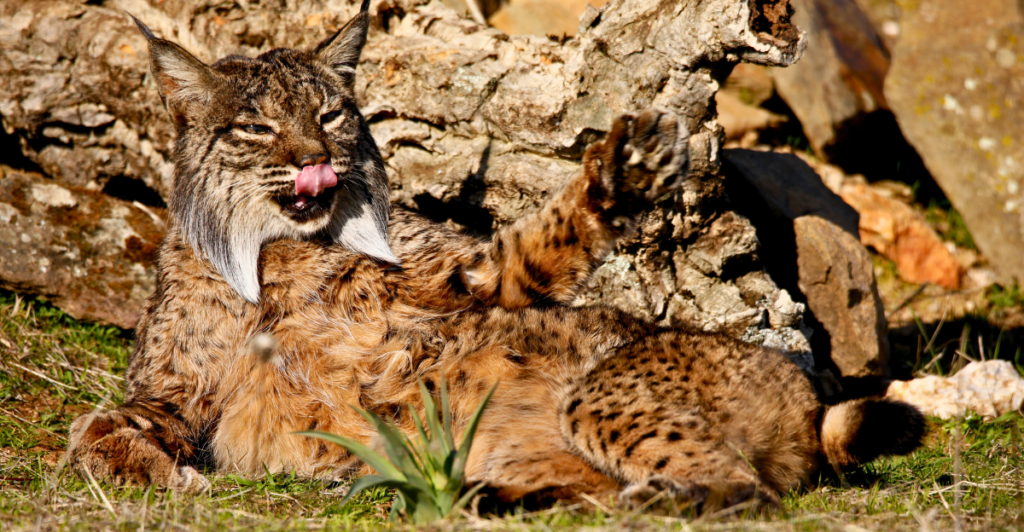
The Southern Rockies are a hub for outdoor recreation and tourism. Through sustainable practices, conservation measures for the lynx could coexist with these activities. Protecting wildlife often enhances the natural beauty and appeal of these areas, benefiting both ecosystems and local economies.
Public Support for Wildlife
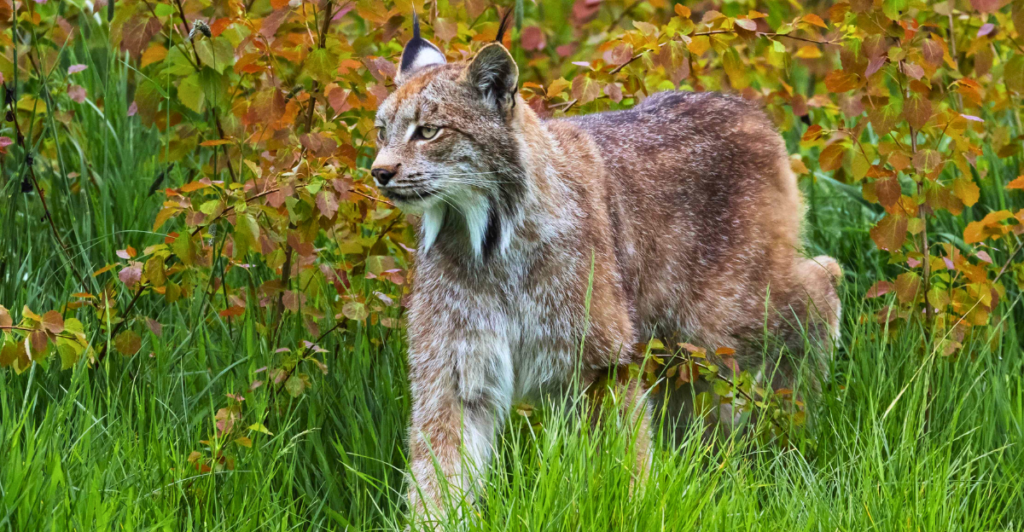
Public awareness and support play a crucial role in successful conservation efforts. Educational campaigns about the Canada lynx and its ecological importance can inspire community involvement. Protecting this species also contributes to preserving biodiversity and healthy ecosystems.
The Road Ahead
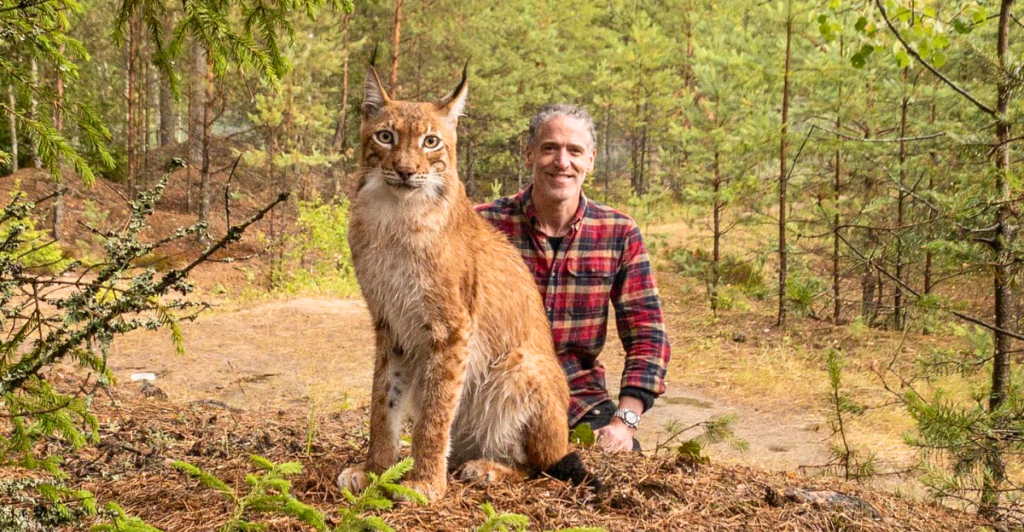
Expanding habitat protections in the Southern Rockies is a step toward ensuring the Canada lynx’s long-term survival. This initiative reflects broader wildlife conservation goals, emphasizing the need for proactive measures in the face of environmental challenges.
A Call to Action
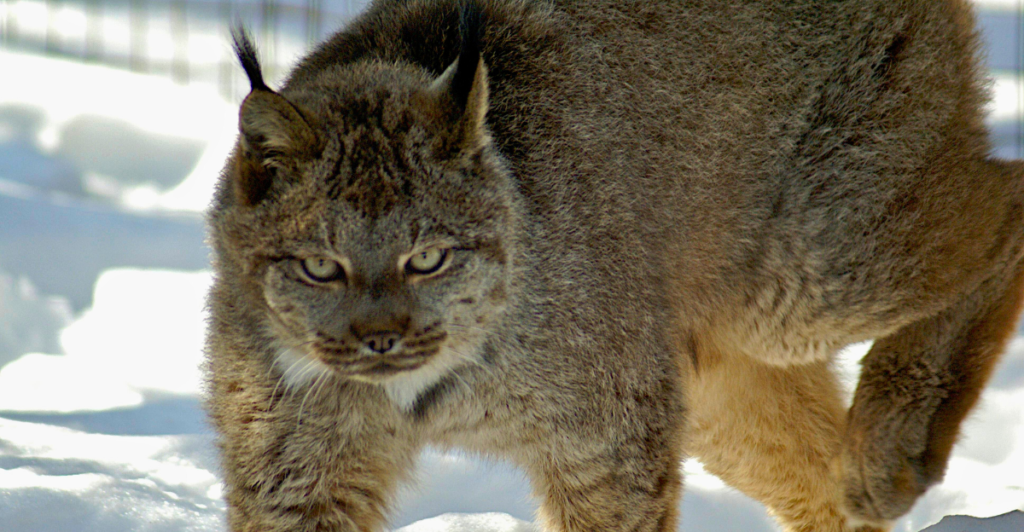
The proposal to protect new habitats for the Canada lynx in the Southern Rockies highlights the importance of conserving endangered species and their ecosystems. By addressing threats and fostering collaboration, we can help secure a future for this iconic North American predator and ensure the lynx continues roaming these wild landscapes for generations.
Stay connected with us for more stories like this! Follow us to get the latest updates or hit the Follow button at the top of this article, and let us know what you think by leaving your feedback below. We’d love to hear from you!







